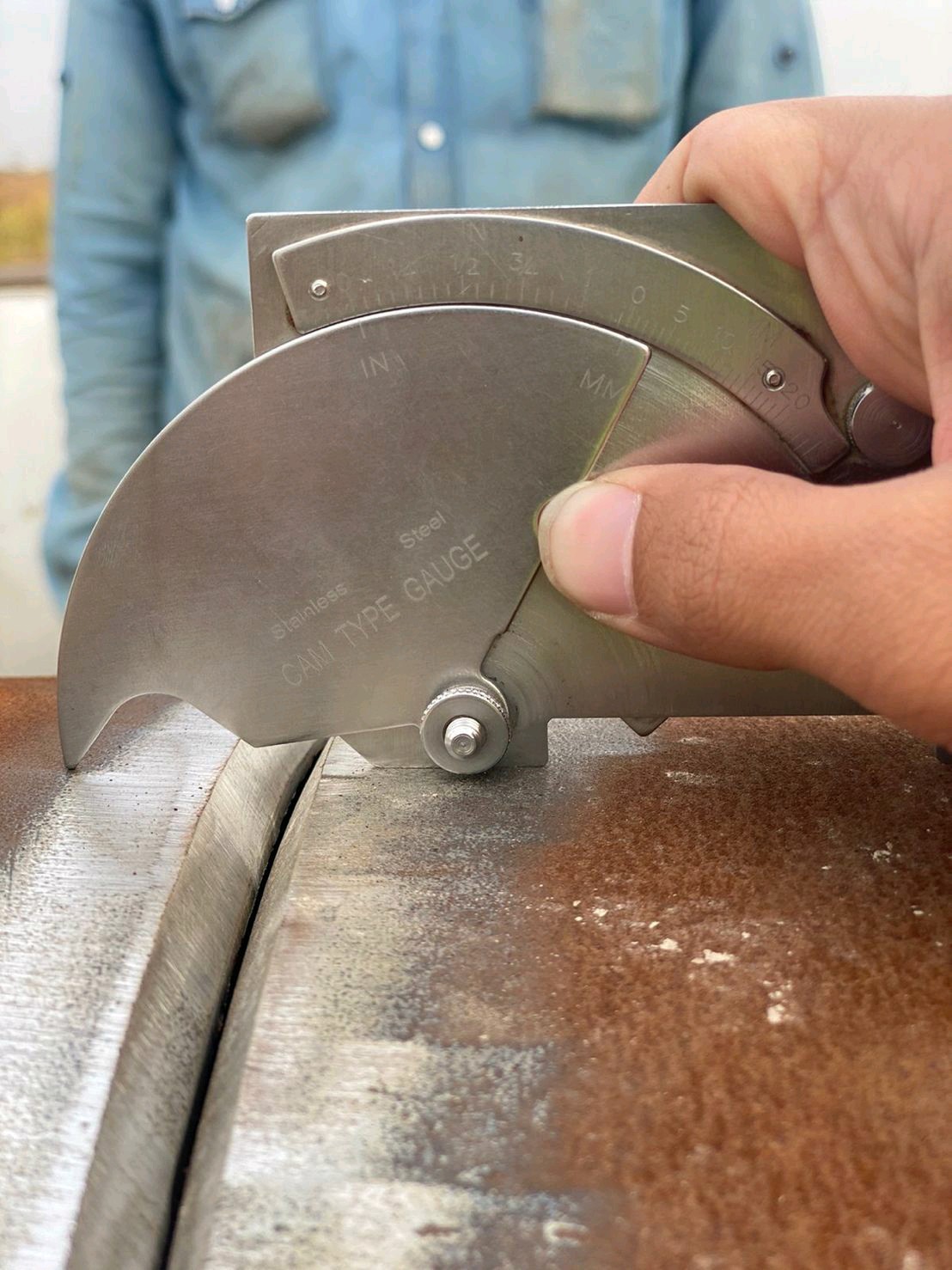The Significance of Thorough Welding Evaluation in Industrial Applications
In the realm of commercial applications, the relevance of precise welding inspection can not be overemphasized. It plays a necessary function in guaranteeing the structural honesty and durability of welded parts. Advanced non-destructive testing techniques allow for the very early detection of possible problems, such as cracks and insufficient combination, which, if left unattended, can cause devastating failings. In addition, adherence to stringent industry criteria not only assures quality yet additionally develops customer confidence. As we explore the complex benefits of thorough welding inspections, one need to think about the broader implications on security, reliability, and cost-effectiveness in industrial procedures.
Enhancing Architectural Honesty
When it comes to welding inspection in commercial applications, boosting structural integrity is paramount. The key objective of welding assessment is to guarantee that the welds are qualified of birthing the expected stress and anxieties and tons they will certainly encounter in solution.
The significance of maintaining architectural stability in welded structures can not be overstated. Poorly implemented welds can cause devastating failings, resulting in pricey repair services, downtime, and even endangerment of human lives. Consequently, examiners play a vital duty in the lifecycle of commercial components, giving assurance that the welding procedure delivers the wanted strength and durability.
Additionally, progressed innovations, such as phased selection ultrasonic testing and electronic radiography, deal improved capacities in discovering possible weaknesses, permitting rehabilitative actions before concerns escalate. By prioritizing the stability of welds via thorough evaluation, markets can ensure operational effectiveness and expand the longevity of their infrastructure.
Determining Welding Flaws
Identifying welding problems is an important element of making sure the safety and dependability of welded structures. Common welding defects include porosity, splits, incomplete combination, and undercutting.

Competent assessors utilize both visual assessment and advanced non-destructive testing (NDT) techniques, such as radiographic or ultrasonic testing, to discover these flaws. The prompt identification and rectification of welding flaws are essential to preserve the architectural stability and longevity of industrial components.
Making Sure Conformity Standards
Maintaining the integrity of welded structures prolongs beyond determining issues; it calls for adherence to rigid conformity criteria. Compliance with established standards, such as those offered by the American Welding Society (AWS) and the International Organization for Standardization (ISO), guarantees that welds satisfy minimum security and high quality demands. These requirements encompass a large range of requirements, including material specifications, welding procedures, and qualification of welders. Adherence to these standards is essential to stop structural failures, which can cause tragic effects in commercial applications.
Regular audits and examinations are important in confirming compliance. Inspectors should have a detailed understanding of the relevant criteria and be proficient at making use of different non-destructive screening (NDT) techniques to evaluate weld high quality. By ensuring that welding methods align with compliance standards, business mitigate the danger of non-conformity, which can lead to legal responsibilities and security hazards.
Additionally, maintaining compliance not just safeguards structural stability yet also improves a firm's credibility in the sector. Stakeholders and clients are more probable to count on companies that continually demonstrate a commitment to high quality and safety and security through extensive conformity. Hence, guaranteeing compliance requirements is a critical element in the successful execution of welding in commercial applications.
Reducing Maintenance Expenses

The application of innovative non-destructive testing (NDT) approaches, including ultrasonic, radiographic, and magnetic fragment assessments, improves the capacity to detect subsurface flaws without endangering the structural honesty of components. By using these methods, sectors can dramatically prolong the solution life of their devices, lowering downtime and the connected economic concern of upkeep activities.
In addition, a robust welding examination program sustains the optimization of maintenance routines, changing from reactive to anticipating upkeep techniques. This aggressive approach not just stops unforeseen failings but likewise simplifies resource allotment, making certain that maintenance efforts are concentrated and effective. Eventually, the financial investment in strenuous welding evaluation is balanced out by the significant savings recognized via decreased maintenance demands, adding favorably to the total operational efficiency of industrial ventures.
Improving Safety Steps
Welding assessment plays a vital function in this context, as it guarantees that all joints and connections fulfill rigorous security requirements. Comprehensive inspections aid recognize issues such as fractures, porosity, or incomplete fusion that can jeopardize structural honesty.
Techniques like ultrasonic screening, radiographic testing, and magnetic bit examination allow for in-depth examination without damaging the structure. Applying a robust high quality control system that consists of normal training for welders and examiners makes sure adherence to developed safety requirements.
Finally, fostering a culture of security within the organization highlights the relevance of comprehensive welding evaluations. Urging open interaction and collaboration among welders, designers, and assessors adds to a shared commitment to safety and security quality. Welding Inspection Madison. In doing so, sectors can guard their procedures, shield employees, and keep public trust fund

Conclusion
Complete welding examination is crucial in industrial applications, significantly improving structural stability and reliability. Eventually, the diligent execution of welding evaluations plays a vital function in keeping operational effectiveness and safety in industrial setups.
As we explore the multifaceted advantages of attentive welding evaluations, one have to consider the wider effects on security, reliability, and cost-effectiveness in commercial operations.
The key objective of welding inspection is to make certain go to these guys that the welds are capable of birthing the expected tensions and tons they will certainly encounter in service. Reliable welding assessment plays an go now indispensable role in reducing these expenses by making sure the honesty and long life of welds, thereby alleviating the threat of early failings.Thorough welding evaluation is vital in commercial applications, substantially boosting architectural honesty and reliability. Ultimately, the diligent execution of welding inspections plays an essential role in keeping operational efficiency and safety in industrial setups.